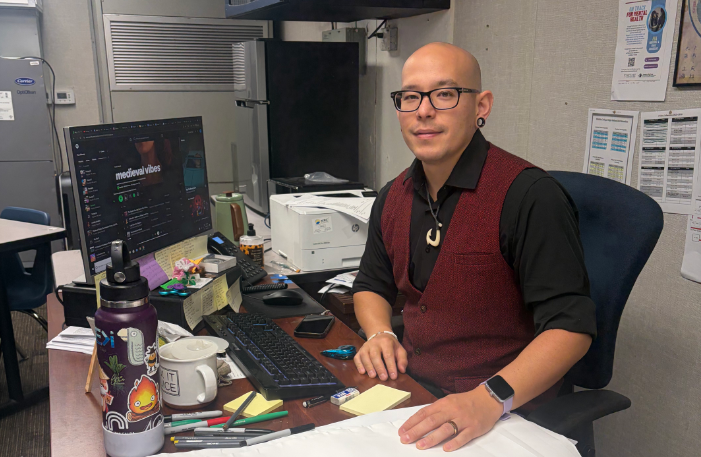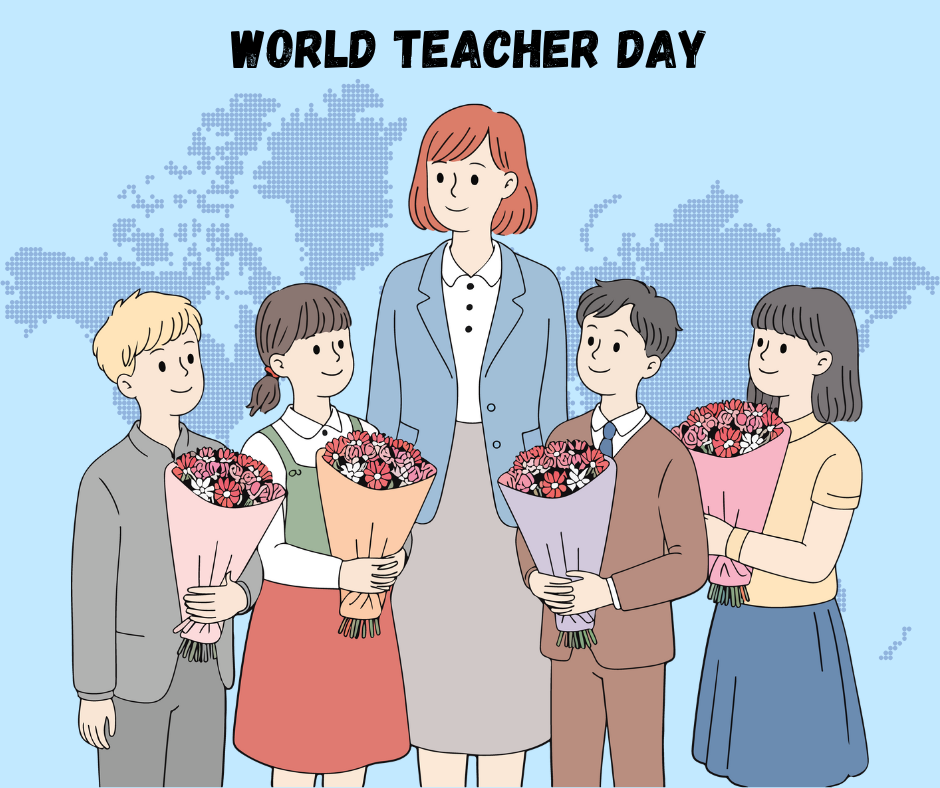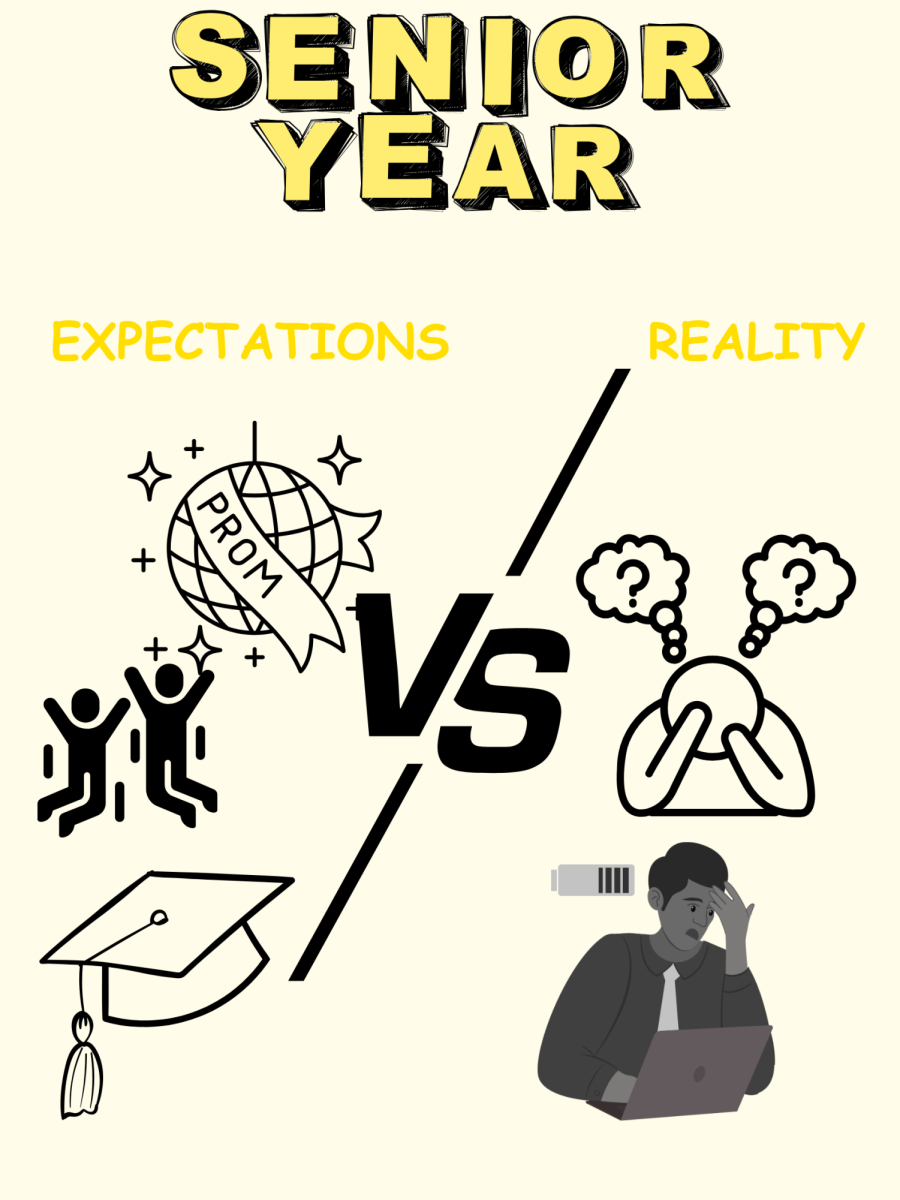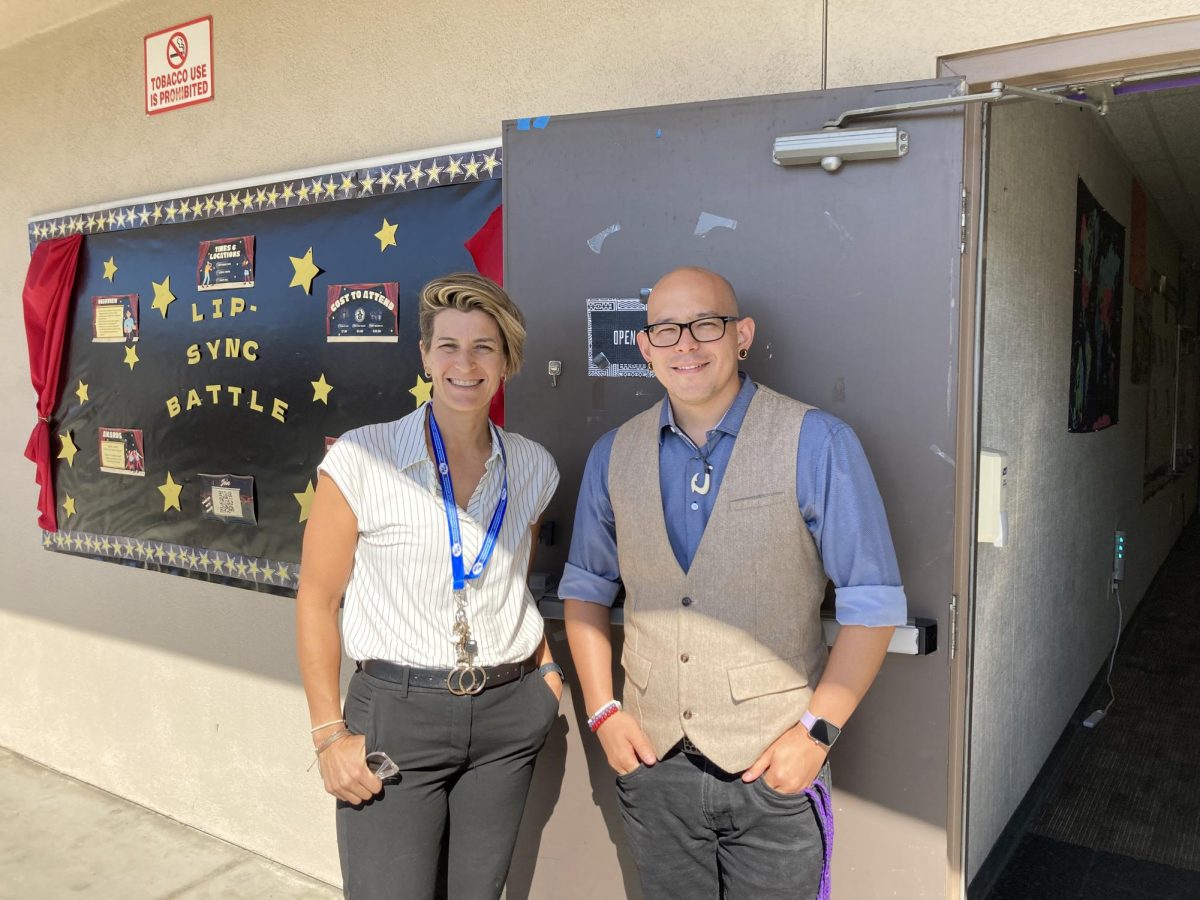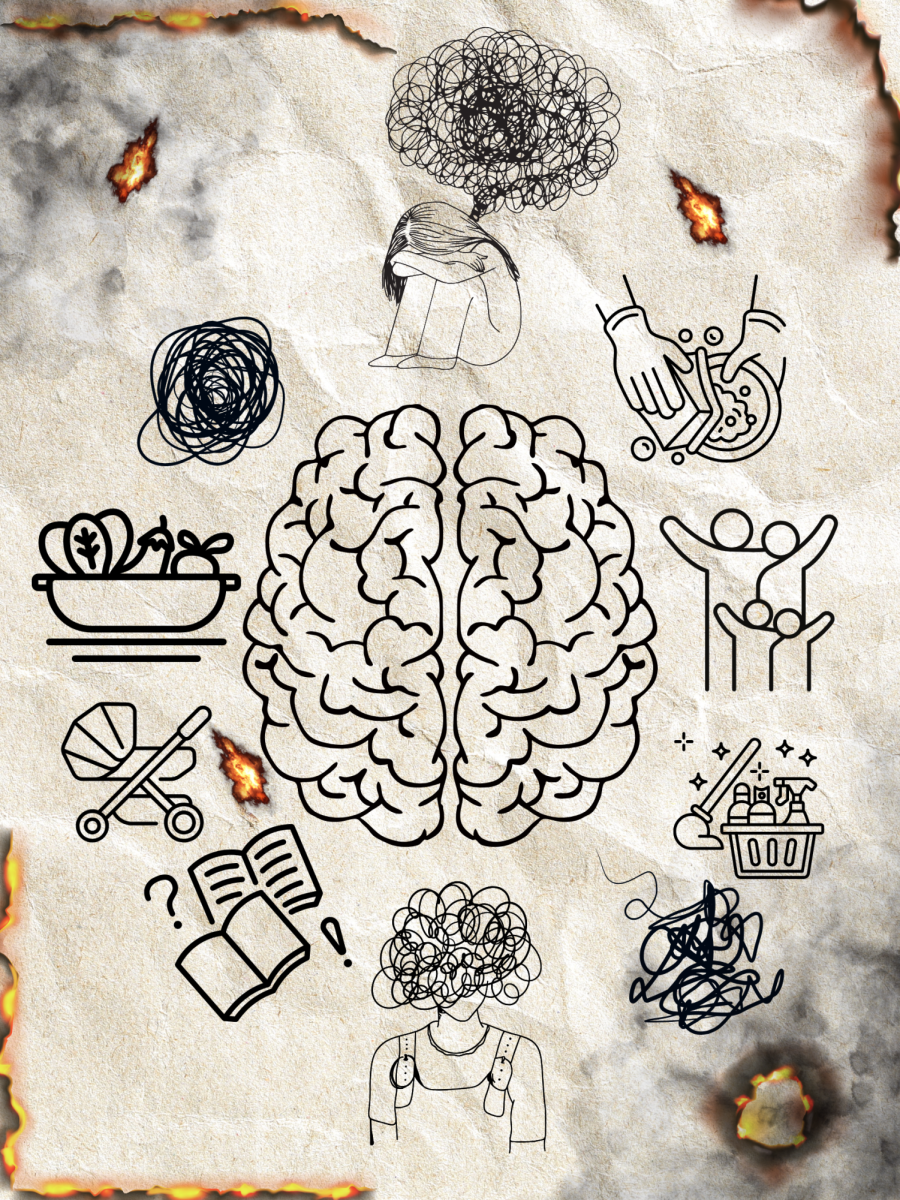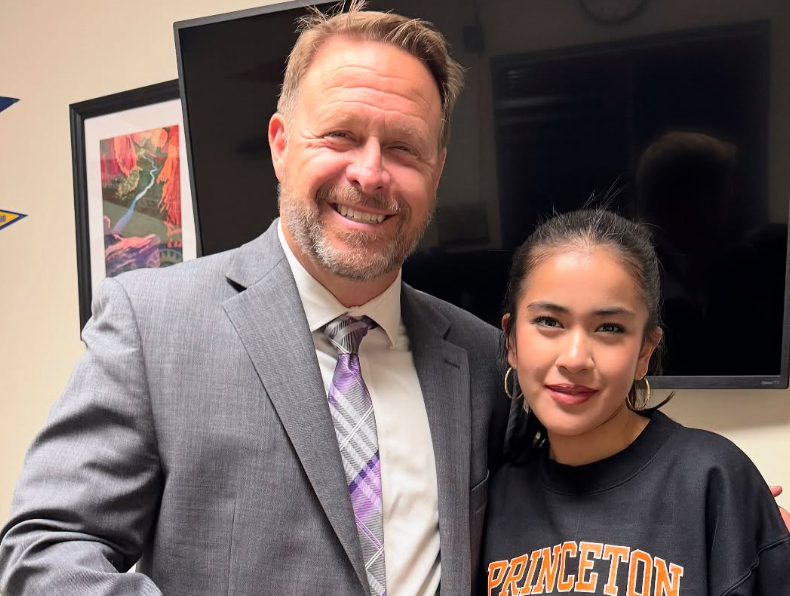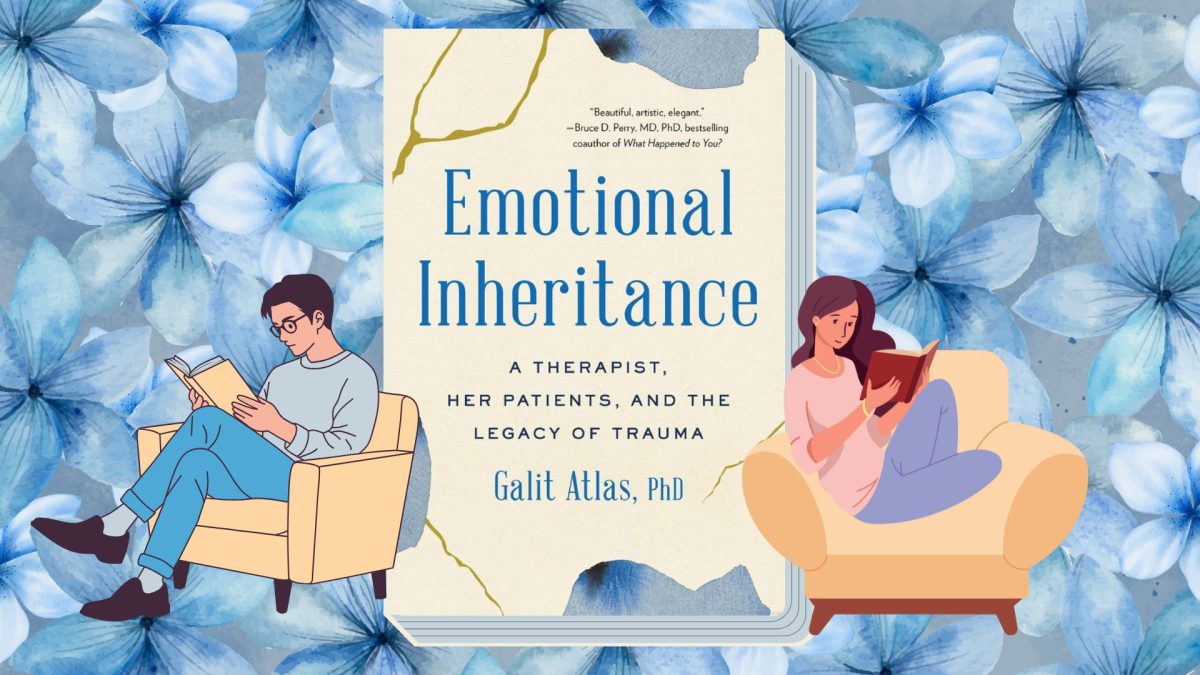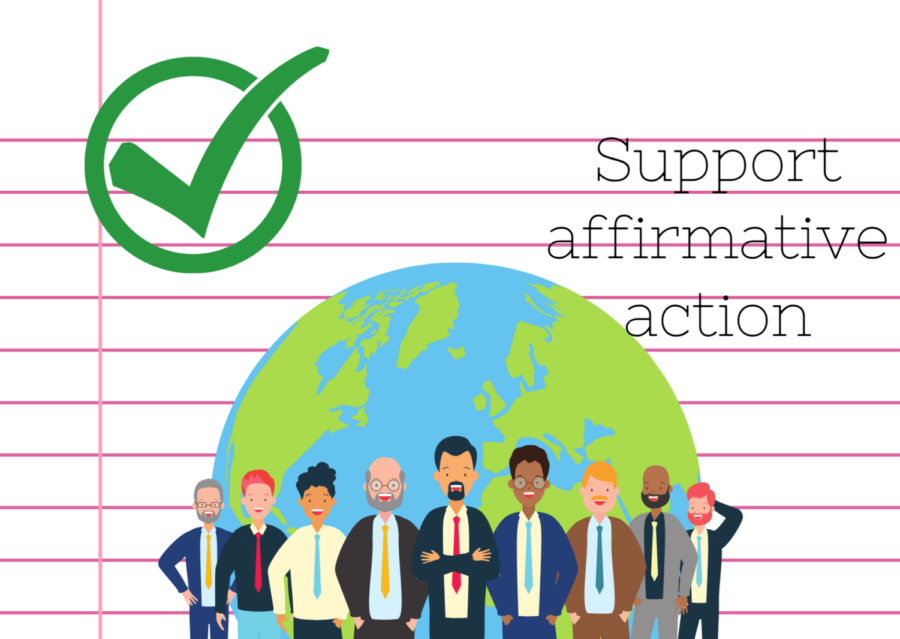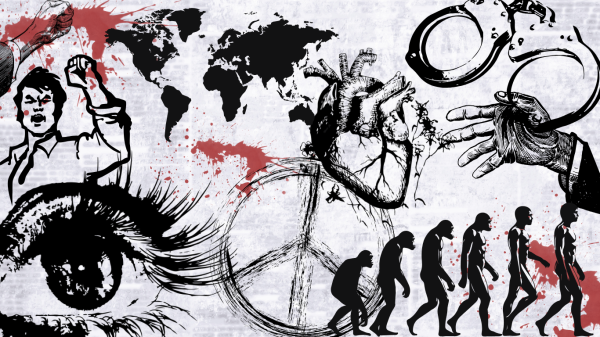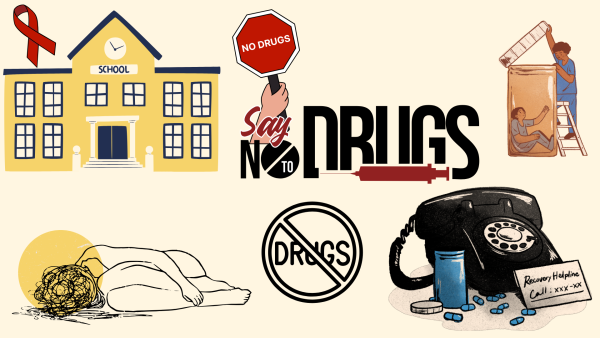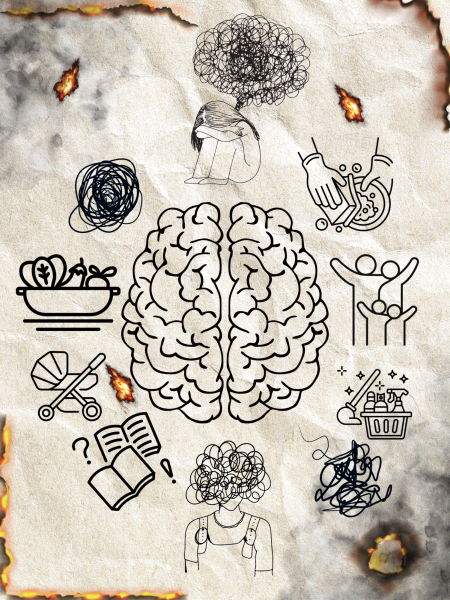Affirmative action still has work to do
Colleges already consider a variety of factors when admitting students to their institutions: GPA, test scores, written essays, extracurriculars, and community service hours. This is an attempt to evaluate applicants for who they are and what they have to offer as opposed to reducing their value to a single test score.
In recent years, there have been mixed opinions on the subject of affirmative action, and whether colleges should take into account a student’s race when evaluating their application. Affirmative action ensures colleges and universities promote opportunities to those historically shut out of the system because of their race, ethnicity, income, or identity.
To put this into perspective, let’s imagine that we are reviewing the application of two students.
One student is white, middle-class, and attends a private school. Her parents are college graduates and have flexible job schedules that allow them to drive their daughter to and from school, as well as after-school activities like volleyball practice. They are also fortunate enough to afford SAT classes, private tutors, and their connections have earned their daughter an internship.
The second applicant is a minority student at a public school, her family is part of the working class. She earns good grades and is involved in extracurricular activities during school hours, but has limited time after school because of certain responsibilities at home like taking care of her siblings.
Both applicants have worked hard throughout high school and deserve a spot at the university. However, the first student has received a higher GPA, a stronger SAT score, and carried impressive extracurriculars, therefore admitted to the university. Even though the second student might have worked just as hard as the first, it is not reflected in her academics nor college application.
This raises concerns over equality of opportunity, and whether the second student might have achieved as much if not more than the first if given the same resources and opportunities.
According to the Atlantic, “Just 3% of students at elite colleges in the country come from the poorest 25% of families, while 72% come from the richest 25%.”
This is important considering that the median household income for white Americans in the U.S is $65,777 compared to the $43,862 for black Americans. It is no surprise that minorities are underrepresented in higher education.
A College Access Coordinator at the Nicholas Academic Center, was asked about her opinion on affirmative action.
“It is upsetting to learn how many people view affirmative action as something negative when it has done so much good and really changed college admissions in a positive way,” said Torres.
Before we turn to eliminate affirmative action, I hope we could turn our attention to the serious forms of racial discrimination still happening in housing, jobs, education, the criminal justice system, and health care.
Sherrilyn A. Ifill, president of the NAACP Legal Defense and Education Fund, said this in a New York Times Article, “Affirmative action has proved to be one of the most effective tools for expanding opportunity and promoting diversity for students of color. Race-conscious admissions policies have made campuses across the country more representative of our society. In doing so, they have helped remedy inequality created by centuries of discrimination.”
An undergraduate student at the University of California San Diego, said diversity played an important part when selecting a college.
“I wanted to go to school here because I knew there would be a lot of people from where I was from and it would be easier to meet friends,” said Gonzales.
Diverse student bodies are in everyone’s interest. Learning with people from different backgrounds allows students to understand a wide range of perspectives, an essential skill that colleges and universities should provide.
Affirmative action was put into place to “do something” about the underrepresentation of minorities in higher education, and until data shows that we have reached that end goal, affirmative action still has work to do.

My favorite album is Folklore, I love the number 7, and New Girl is my favorite show.

